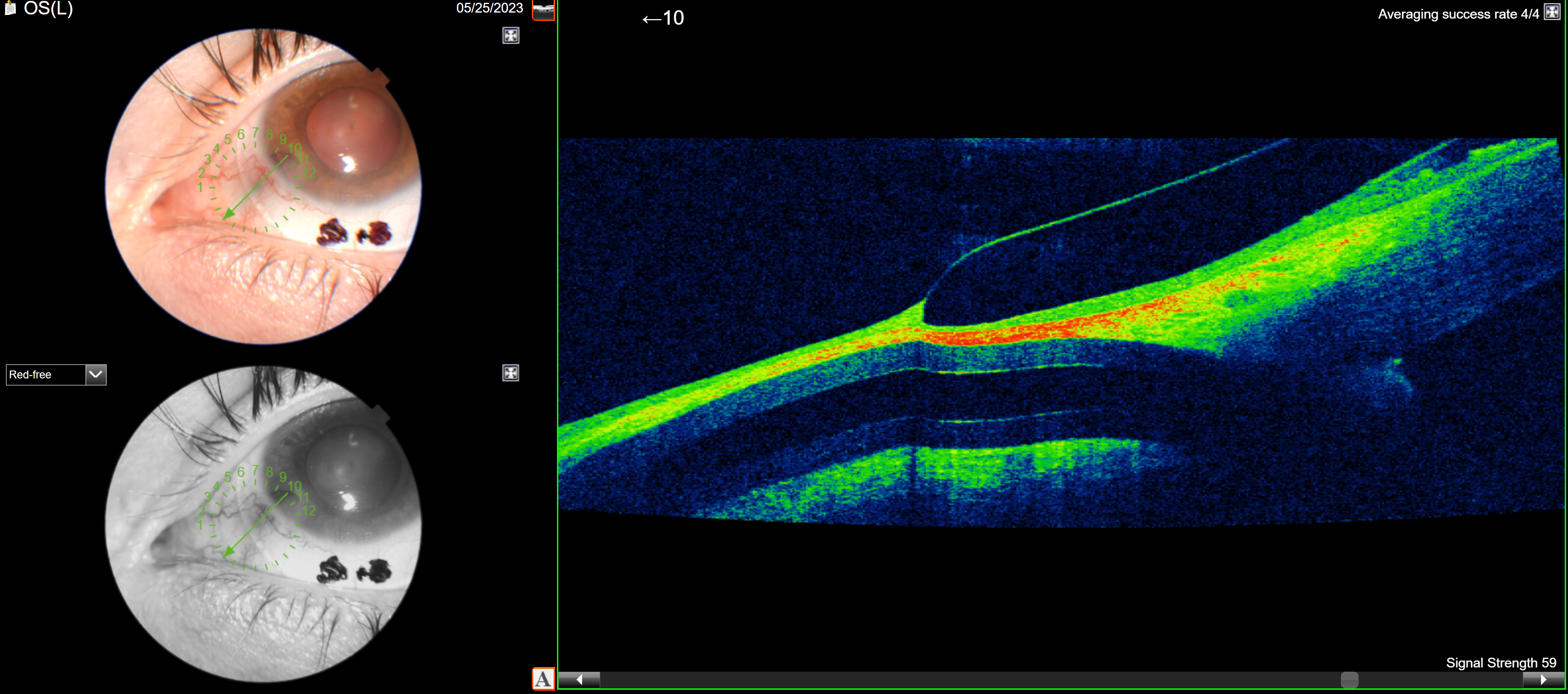Phlyctenular Keratoconjunctivitis (PKC) is a type of eye infection that commonly affects children and young adults. It can be a painful experience, and it's important to know the signs and symptoms so you can seek treatment as soon as possible. The signs and symptoms of phlyctenular keratoconjunctivitis are recognizable and can be used to diagnose the condition by an eye doctor. Treatment can then be initiated to limit any long-lasting damage to the eyes.
What is Phlyctenular Keratoconjunctivitis?
PKC is inflammation of the cornea and conjunctiva (the clear outer layer of the eye). The condition is caused by a hypersensitivity to a bacteria called Staphylococcus aureus, which is present in the conjunctiva. PKC typically occurs in people who have a weakened immune system, such as children and young adults.
Symptoms of Phlyctenular Keratoconjunctivitis
The symptoms of PKC can affect one or both eyes. If you are experiencing any of the following symptoms, you may have PKC: redness of the eye, pain and irritation, watering of the eye, sensitivity to light, blurry or hazy vision, or white bumps on the eyelid or around the eye.
These symptoms may indicate a serious infection and should be evaluated by an eye doctor as soon as possible. Delaying treatment can lead to prolonged pain and discomfort, and in severe cases, permanent damage to the eye and vision loss.
Causes of Phlyctenular Keratoconjunctivitis
As mentioned earlier, PKC is caused by hypersensitivity to Staphylococcus aureus, which is present in the conjunctiva. It's not clear why some people develop hypersensitivity to this bacteria, but several factors may contribute, including poor hygiene, allergies, certain medications, or pre-existing eye conditions, such as dry eye syndrome.
Treatment for Phlyctenular Keratoconjunctivitis
The treatment for PKC usually involves a combination of medications and lifestyle changes. These are often used in tandem for the best outcomes.
How Dr. Woo used EyePrint Prosthetic for Phlyctenular Keratoconjunctivitis
Super interesting case of a 19 year old boy with corneal scarring in both eyes from Phlyctenular Keratoconjunctivitis and also a childhood injury in both eyes. He also suffers from drug induced glaucoma in both eyes. He has an inferior nasal displaced Ahmed valve in the right eye and the left eye.
You can also see his iridectomies inferior-nasal in each eye as well. Patient's current drop regimen includes: Brimonidine TID OS, Cosopt BID OU, Latanoprost QHS OS, FML QD OD, Xiidra BID OU, Prednisolone acetate QD OS, and Polytrim BID OS. He can see about 20/400 in each eye.
We fit him into an EyePrint in both eyes to help vault over the valves and provide the most stable lens for each eye. At his dispense, he was still seeing 20/400 in the right eye, and improved to 20/100 in the left eye and 20/60- with both eyes.
He does also have some eccentric fixation in each eye to see his best. At his 2 week follow up, the left eye further improved to 20/80. The edge of the left lens shows slight compression on the tube (see photo).
The plan is to increase the diameter of the EyePrint so that it covers the most elevated area of the tube (see photo with new mark up in purple, recommended by Dr. Christine Sindt). We will adjust the lens for him and continue to monitor his progress.
Thank you to Dr. Simon Fung from UCLA for his kind referral of this very special patient.
Medications
The first line of treatment for PKC is typically a course of antibiotics or steroid eye drops. These medications help to reduce inflammation and eliminate bacteria that may be causing the infection.
In addition to eye drops, your doctor may recommend oral antibiotics or steroids to help speed up the healing process.
Lifestyle Changes
In addition to medication, there are some lifestyle changes that you can make to reduce your risk of developing PKC. These include: maintaining good hand hygiene, keeping your eyes clean by washing them with warm water, avoiding rubbing your eyes, avoiding contact lenses until your symptoms have cleared up, and avoiding exposure to allergens, such as pollen and dust
Preventing Phlyctenular Keratoconjunctivitis
While PKC is not entirely preventable, there are some steps you can take to reduce your risk of developing this eye condition. Things such as washing your hands, caring for your eyelids, and not wearing dirty contact lenses can all play a role in preventing PKC.
In conclusion, PKC is a painful and uncomfortable condition that can lead to serious eye damage if left untreated. By recognizing the symptoms and seeking prompt medical attention, you can reduce your risk of complications and ensure a quick recovery. If you are experiencing any symptoms of PKC, make an appointment with your eye doctor to receive an accurate diagnosis and treatment plan.


